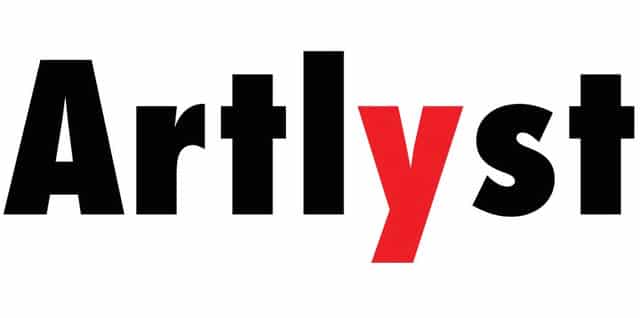The DCMS, as part of its four-year business plan, has announced that it will no longer fund eight Museums that it currently sponsors. It will scrap national funding of “museums that should be the responsibility of local communities”. This affects eight non-national museums: the Design Museum, the Geffrye Museum, the Horniman Museum and Gardens, the Museum of Science and Industry in Manchester, the National Coal Mining Museum for England, the National Football Museum, the People’s History Museum and The Tyne and Wear Museums. These institutions will now be turned over to their local communities and other private and public resources for funding.
The Design Museum has assured us that it will be relatively unaffected by the cuts. The Museum is mostly self-funded and only relies on £200,000 annually for education programmes. When asked to comment on where the 10% shortfall would come from, the press office declined to comment. The People’s History Museum also receives a similar small grant from the DCMS amounting to 20% of its annual income. The big losers include the Horniman Museum in Dulwich south London home to a world-renowned collection of anthropological artefacts. It will lose more than £4m a year, around 85% of its budget. The Geffrye Museum in the East End of London, a gallery that focuses on the history of domestic interiors, will have to replace three-quarters of its income. Its director, David Dewing, said, “one concern was not to be absorbed into a bigger institution”.
The recent announcements of proposed spending cuts to Arts and Heritage organisations establishes the prospect of closure to many internationally respected British institutions and organisations. We now face the risk of turning the clock back by a generation on the level of investment needed to support this growth sector.
Presently, 7 pence in every £100 is contributed from the public purse to Arts and Heritage. This already seems a small price to pay, given the benefits both economic and culturally that the Arts and Heritage return. What is needed is not a specific settlement of a figure but an open debate on the value we place on culture and the arts and how we are prepared to pay for this. There will always be a need for public/private support for UK museums.
Measures are now being pursued by Government support for museums that state “Museums should be the responsibility of local communities”. But what does this mean in the bigger picture? Are they saying that cash strapped councils should pick up the tab for Museums as well as for all community services?
The bucks will stop when options have been identified for relinquishing control and sponsorship of each non-national museum currently funded by DCMS. The Government is now seeking to agree a framework with national museums for creating charitable trusts to encourage and manage museum donations and private income.
As part of their new funding agreements, arts organisations will be required to publish information to enable the public to assess value for money. Data will be released on Arts Council England funding on areas covering attendance and popularity. A Government funded arts organisation would not only be accountable to the DCMS but also transparent to the public via the internet. We strongly believe that this is going to hinder the creativity of many curators. It could stop them from mounting cutting edge arts events, as organisations will be looking to create crowd pleasers like the Gauguin show at Tate Modern and the Henry Moore exhibition at Tate Britain.
The business plan also states that DCMS will “implement measures to facilitate fundraising by cultural and charitable institutions”. This includes agreeing a framework with national museums for creating charitable trusts by March 2011 and “implement new framework and establish trusts” by March 2012.
And finally the DCMS has said, that it will “no longer hold onto power at a national level for the Royal Parks, passing it over to the Mayor of London”. What this means for the Serpentine Gallery and its agreement and cooperation with The Royal Parks raises further questions about commissions such as the current Anish Kapoor exhibition.
*This was added today 17/11/10 by the DCMS:” The Government has provided all its sponsored museums with a funding settlement to the end of the Spending Period in 2014-15. We are now exploring whether the Department’s non-national museums may be more effectively sponsored through other bodies or programmes in the longer term. We aim to identify alternative sponsors for these museums by April 2011. There is no question of cutting these museums adrift without any financial support in the unlikely event that no new sponsorship arrangements can be found.”
* The Design Museum have stated today 17/11/10 “Our DCMS grant represents just 10% of our funding, we make up the majority of our revenue through sponsorship, tickets sales and retail”.
Other ACTIONS
6.1 Reform the arm’s length bodies in the cultural sector
I. Support Arts Council England in reforming the way regular funding is invested in arts
organisations, to ensure a more strategic approach
ii. Identify options for relinquishing control and sponsorship of each non-national
Museum currently funded by DCMS
iii. Abolish the UK Film Council, transferring essential activities to another body whilst
reviewing policy to support a more sustainable British film industry
iv. Abolish the Museums, Libraries and Archives Council, and transfer essential functions to another body


